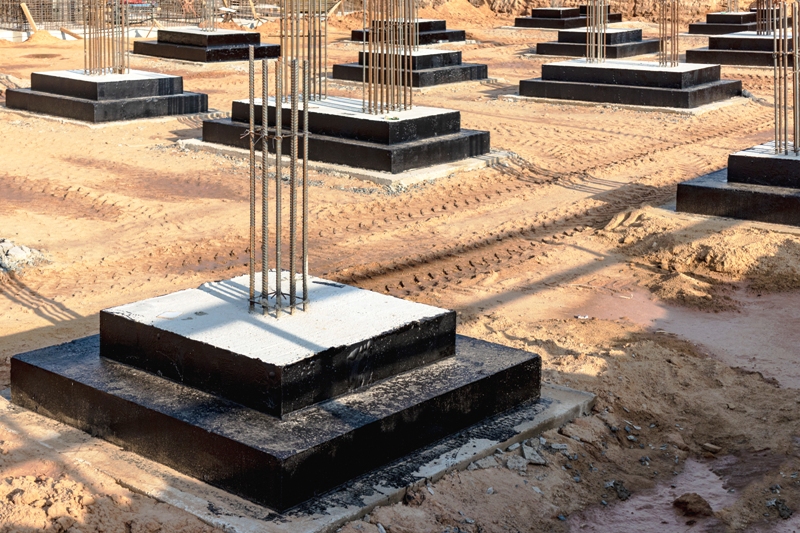As buildings age or undergo structural changes, their foundations may need to be strengthened to ensure long-term stability and safety. Underpinning is a specialized engineering technique used to reinforce and stabilize existing foundations—often when the original support system is no longer adequate. Underpinning engineers play a vital role in diagnosing foundation issues and designing custom solutions that restore or enhance a building’s structural integrity.
Whether due to soil movement, adjacent construction, increased load demands, or aging infrastructure, the need for underpinning must be handled with technical precision and care. Here’s how underpinning engineers make that happen.
What Is Underpinning?
Underpinning involves strengthening an existing foundation by extending it to a more stable layer of soil or redistributing the load across a broader base. The method is commonly used when:
- A building’s foundation has settled or cracked
- Nearby excavation threatens structural stability
- Additional floors or loads are added to an existing structure
- Poor soil conditions were not addressed during original construction
- Historical buildings require preservation and modernization
Each underpinning project is unique and must be designed to suit the specific conditions of the site, the building’s structure, and local regulations.
The Role of Underpinning Engineers
Underpinning engineers are structural experts who specialize in analyzing, designing, and overseeing foundation reinforcement projects. Their responsibilities include:
- Site analysis and soil testing
- Load calculations and structural assessment
- Selection of appropriate underpinning methods
- Engineering drawings and documentation
- Compliance with building codes and geotechnical standards
- Construction oversight and quality assurance
Firms like NadeauSDM underpinning engineers bring experience and innovation to these complex projects, ensuring that strengthening efforts are both effective and minimally disruptive to existing structures and surroundings.
Common Underpinning Techniques
Underpinning engineers choose the method best suited to a building’s condition, soil type, and project constraints. Common techniques include:
1. Mass Concrete Underpinning
This traditional method involves excavating below the foundation in controlled stages and filling the space with concrete to increase the foundation’s depth and bearing capacity.
2. Mini-Piles and Micro-Piles
Ideal for areas with poor soil or tight access, these slender, high-strength piles transfer loads to deeper, more stable soil layers.
3. Beam and Base Underpinning
A reinforced concrete beam is constructed under or around the foundation to redistribute loads across a broader area.
4. Jet Grouting or Soil Stabilization
Chemical or cement-based grouts are injected into the ground to improve soil properties and support existing structures without major excavation.
5. Cantilever Needle Beams
These steel or concrete beams extend under the foundation and support it from a more stable area outside the affected zone.
When Is Underpinning Necessary?
Early signs that may prompt a structural review and potential underpinning include:
- Cracks in walls or floors
- Sloping or uneven floors
- Doors and windows that stick or won’t close
- Visible settlement or sagging
- Construction of nearby buildings or underground infrastructure
Prompt intervention by a qualified underpinning engineer can prevent further damage and save significant repair costs.
Ensuring Safety and Compliance
Underpinning work must comply with strict engineering and safety regulations. The risk of structural failure, soil collapse, or building movement during underpinning makes professional oversight essential. Engineers also coordinate with geotechnical specialists and construction crews to monitor soil conditions and structural responses in real time.
Conclusion
Underpinning is a critical process for preserving and enhancing the strength of existing structures. It requires expert analysis, precise planning, and careful execution. By working with experienced professionals like NadeauSDM underpinning engineers, building owners and developers can rest assured that their structures are supported by solid engineering and stable foundations. Whether you’re preserving a historic building or preparing for expansion, underpinning is the key to long-lasting strength and stability.

